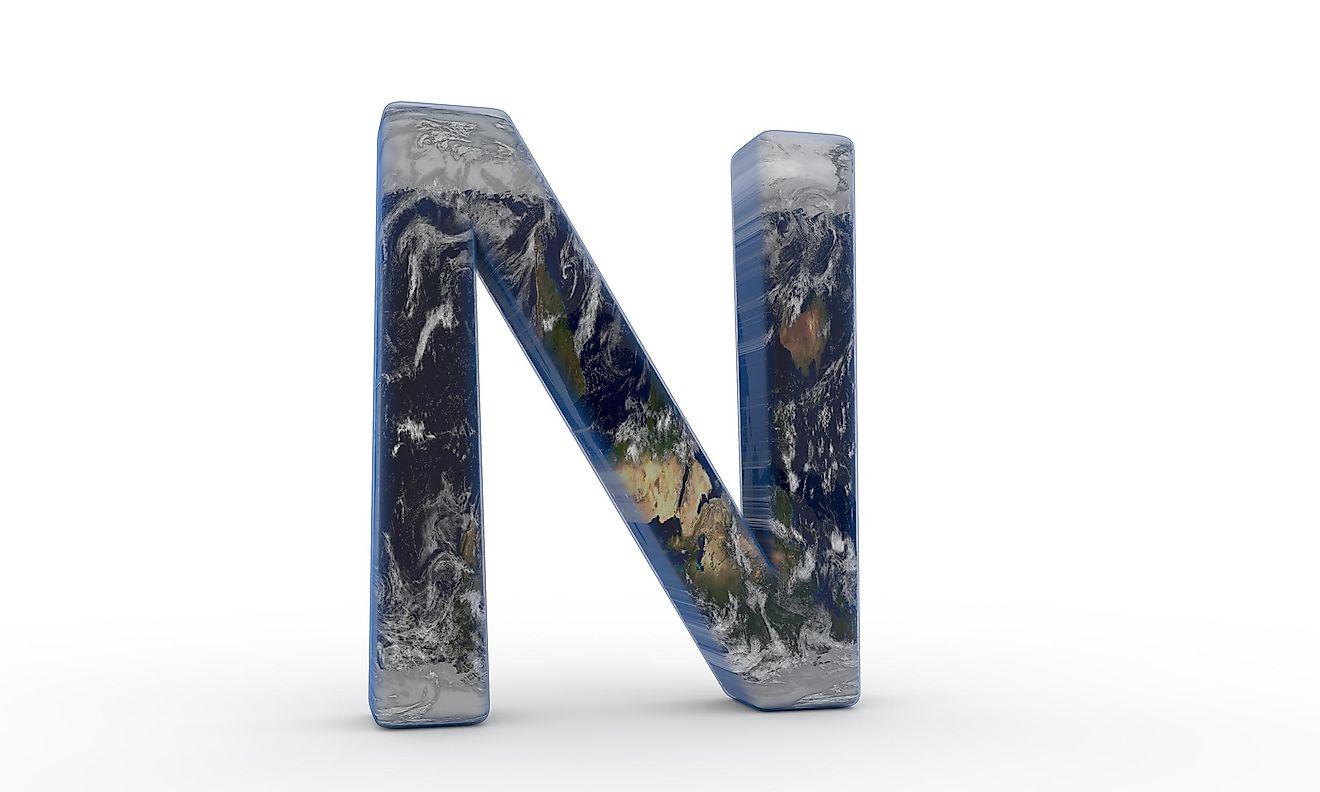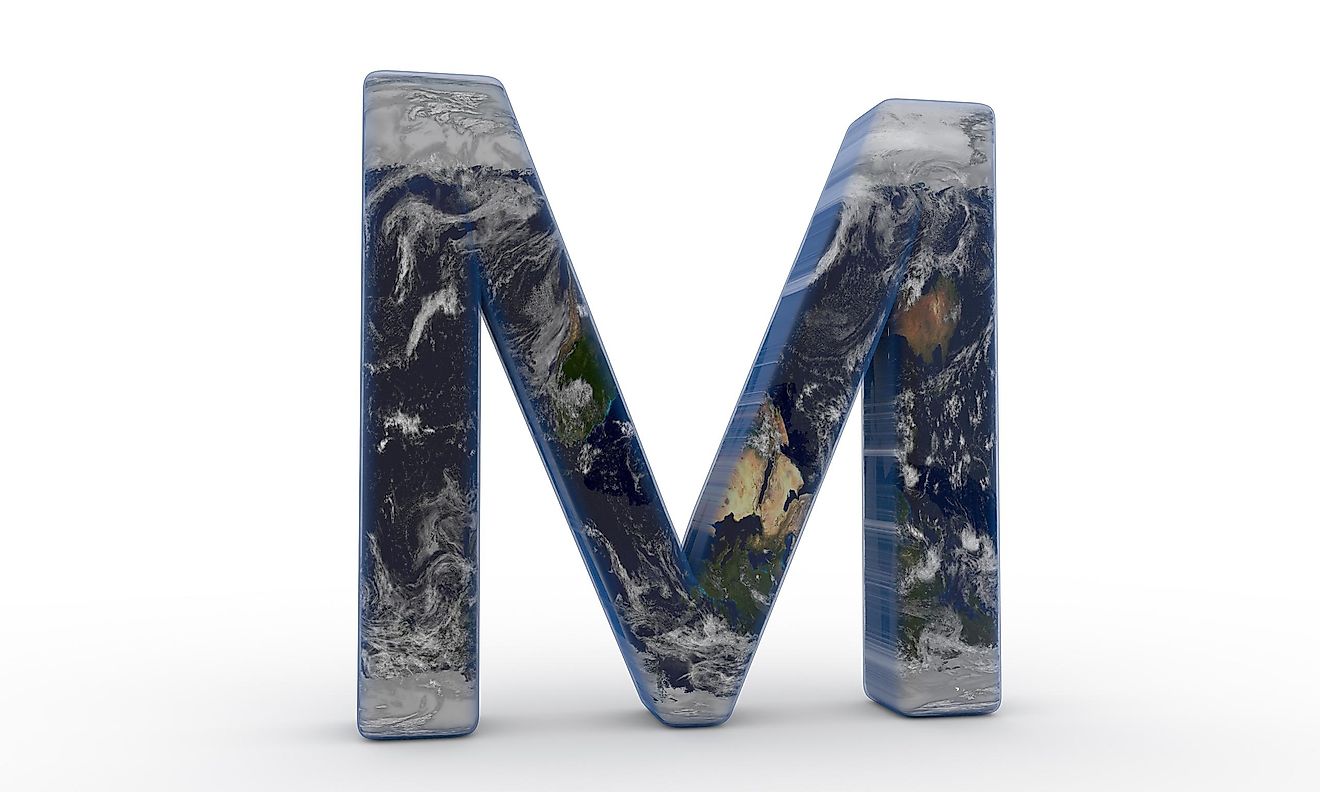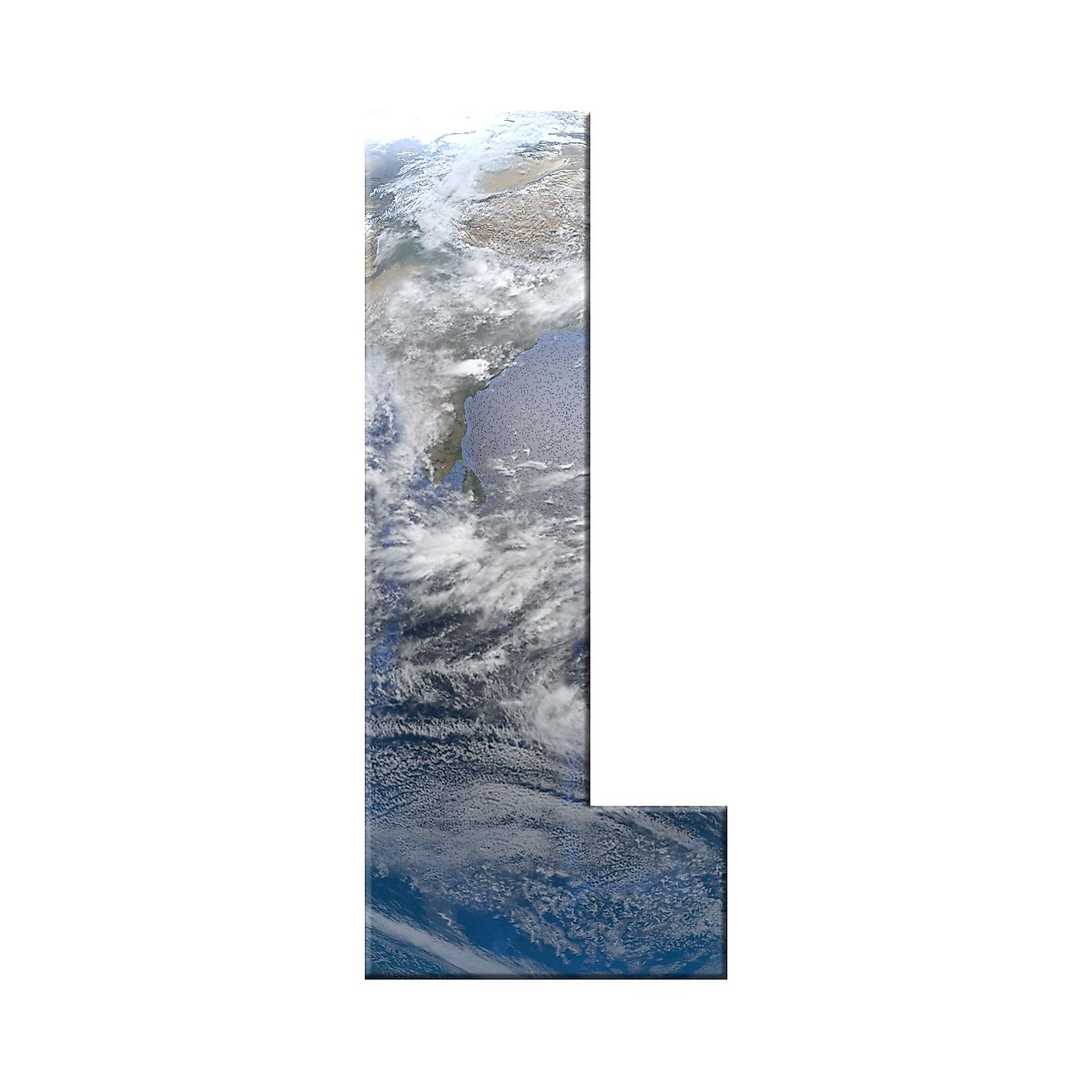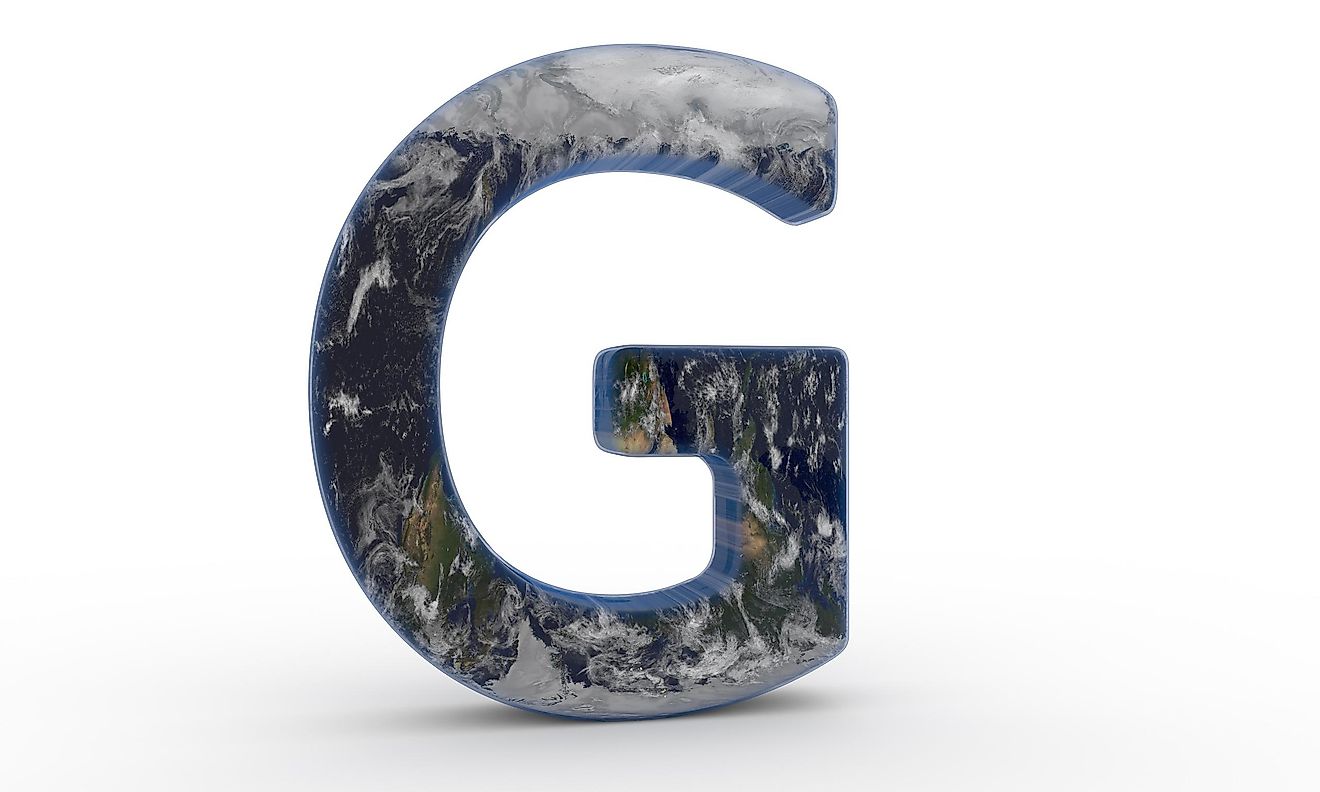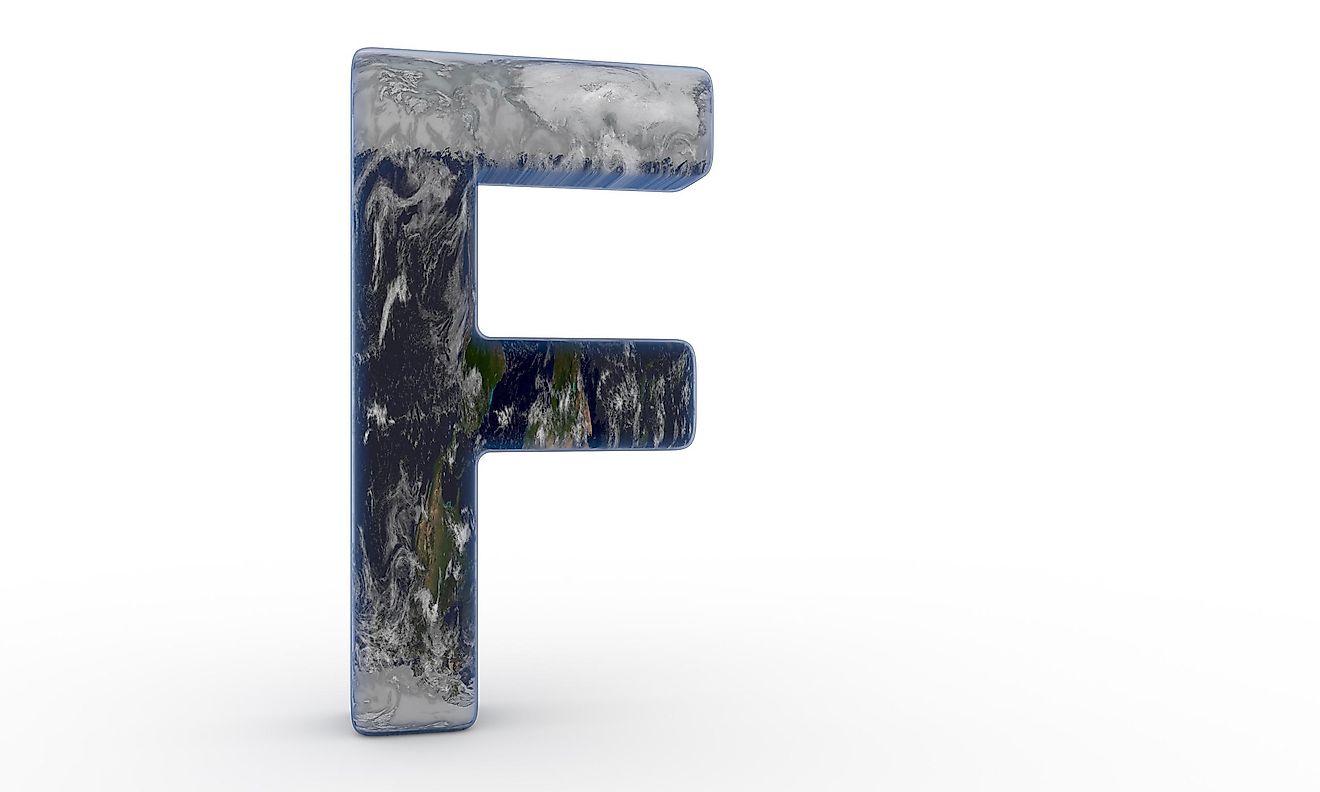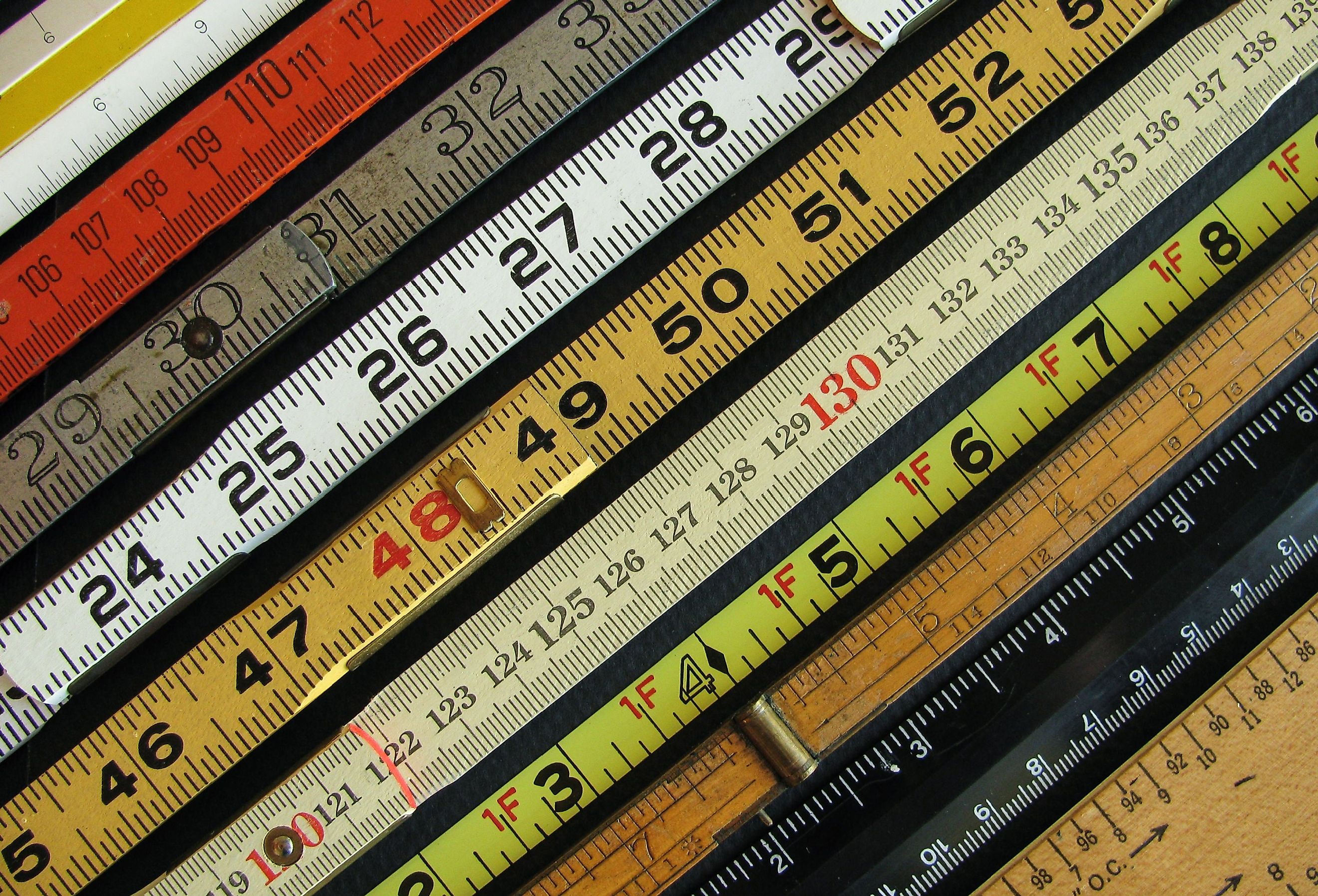
How Many Feet Are In An Acre?
With all the various metrics used to quantify distance, length, area, weight, size, etc., it can often feel like comparing apples to oranges (to dragonfruit). For instance, a nature reserve might be described in square miles, or square kilometers, while the farmland goes by acres, or hectares. What if we want to boil it down to one of the simpler units of measurement around: the foot? Even though much of the world relies on the metric system (i.e., millimeters, centimeters, meters, and kilometers), the United States (and its affiliated territories), Liberia, and Myanmar, and to a degree, Baby-Boomer Canadians, are committed to the imperial system (i.e., inches, feet, and miles).
Even in places that exclusively use the metric system, many people probably still know their height in feet. For instance, as a Canadian, I could say I'm 183 centimeters tall, but I prefer to call it an even six feet. It's round and simple, and therefore, it provides a quick frame of reference when pondering the size of real-world objects.
In terms of how many feet are in an acre, there are 43,560 square feet in one acre. Learn more about acres and feet so that the next time you're told the size of a park, field, or property, you'll have a better idea of just how big (or small) an area it is.
Understanding Acres Through Comparative Measurements
| Unit | Type | Equivalents |
|---|---|---|
| Inch (in) | Length | 2.54 cm (Historically: A human thumb's width) |
| Meter (m) | Length | 39.37 in (100 cm) |
| Yard (yd) | Length | 36 in (0.9144 m) |
| Mile (mi) | Length | 5,280 ft (1,609.34 m) |
| Foot (ft) | Length | 12 in (0.3048 m) |
| Kilometer (km) | Length | 0.621371 mi (1,000 m) |
| Square Meter (m²) | Area | 10.7639 ft2 (10,000 cm2) |
| Square Yard (yd²) | Area | 1,296 in2 (0.836127 m2) |
| Square Kilometer (km²) | Area | 10,763,910 ft2 (1,000,000 m2) |
| Hectare (ha) | Area | 107,639 ft2 (10,000 m2) |
| Square Mile (mi²) | Area | 27,878,400 ft2 (2,589,988.11 m2) |
| Square Foot (ft²) | Area | 144 in2 (0.092903 m2) |
| Acre | Area | 43,560 ft2 (4,046.86 m2) |
How Many Feet Are In An Acre?
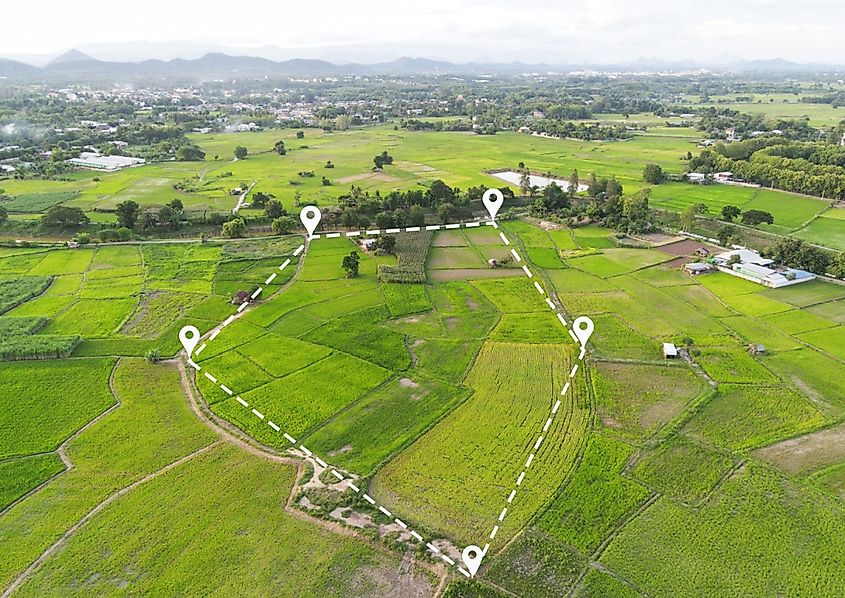
There are 43,560 square feet in one acre.
The reason why square feet are referenced, rather than simply feet, is because an acre, though it can vary in shape (more on this in a moment), is a two-dimensional unit of measurement. Therefore, it would not make sense to speak of feet, a linear measurement, when conjuring an alternative but equivalent reference for an acre.
For instance, picture a standard farmer's field. If a measurement in linear feet were deployed, then only the length or the width could be ascertained. Instead, each 12 inch-increment in the Y-axis (i.e., length) would need to be accompanied by a 12-inch increment in the X-axis (i.e., width). Once the whole field was covered in this manner, a total measurement (i.e., area) given in square feet would be known.
What Is A Foot?
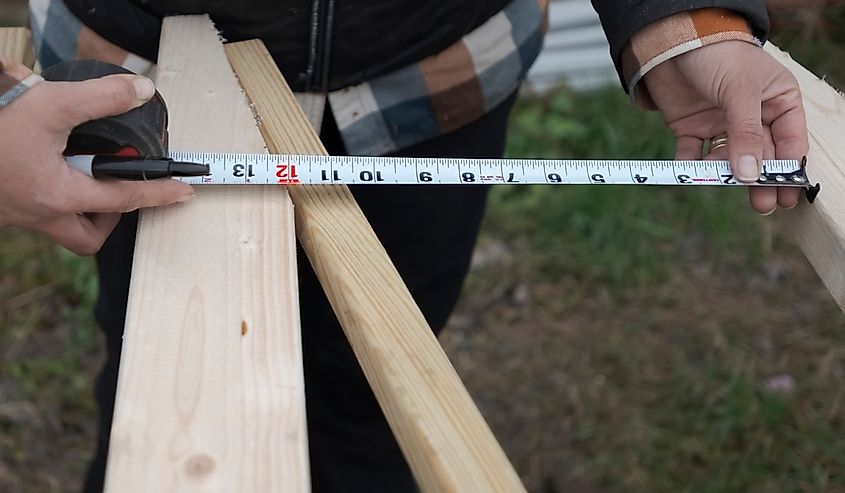
A foot, as we know it today, is equal to 12 inches, or 30.48 centimeters. But standardized units of measurement, though common-sense in the 21st century, were a lot more lax in some regions during ancient times. The foot is a prime example. This now universal reference for the three countries (and affiliated US territories) that implement the imperial system traces its origin to Henry Beauclerc, aka Henry I of England. As the name suggests, one foot was literally just the length of the 12th-century King's bottom appendage. How about that?
What Is An Acre?
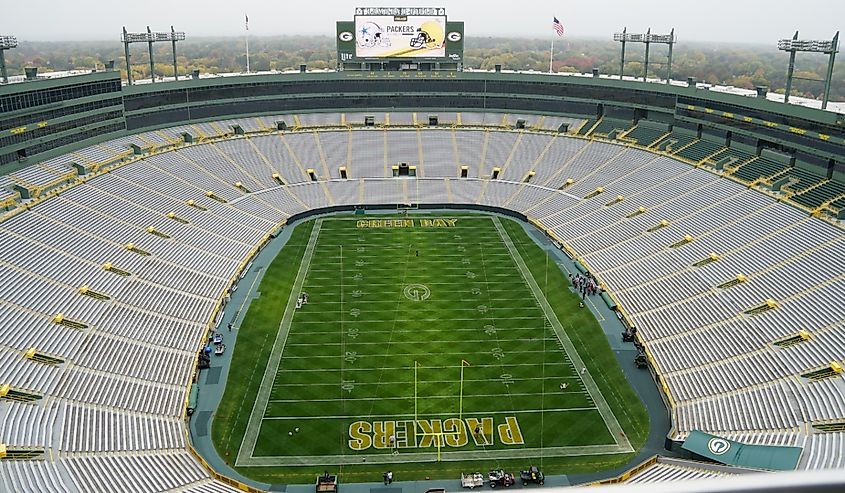
The acre has a similar dual lineage to the foot. In terms of a modern-day standardized acre, it is a unit of land area equivalent to 43,560 square feet (approximately 4,047 square meters), 4,840 yards, 1/640th of a square mile, or about 40% of a hectare. This benchmark unit stems from the British imperial system but was co-opted by the United States (and many of the Commonwealth Countries) as part of its customary system.
Under these governing bodies, an acre was defined as the summation of one chain (i.e., 66 feet) by one furlong (i.e., ten chains, or 660 feet). But traditionally, an acre was a loose reference to the amount of land that one man and his team of eight oxen could plow in a single day. Obviously, there would have been some variability in this medieval measurement given the motivation and fortitude of both man and beast on different days. In fact, the size of an acre still varies from country to country. For instance, a Scottish acre is about 1.27 times that of a US or British acre, while the Irish acre is equivalent to 1.6 common acres.
In terms of a set shape, an acre is typically thought of as a rectangle, but it can also take the form of a square, circle, hexagon, or really anything else that preserves the 43,560 square-foot standard (as per the British and the Americans). After all, land rarely abides by perfect geometric patterns. Straight lines are a human concoction almost never seen in the wild.
Even though we now have a working, standardized definition of an acre, and even though it can be cross-referenced with another standardized point of reference (i.e., feet), it may still be difficult to visualize an acre in a real-world setting. For a frame of reference, one rectangular acre matches the width of an American football field, but not quite its length. An NFL field measures 48,000 square feet, 6,500 more than an acre. For non-sports fans, an acre of land will accommodate about 18 average-sized homes. Given local zoning standards and backyard preferences, that figure could drop to eight, or increase to as much as 50, but you get the idea.
Math and History Meet
Who would have thought that units of measurement could produce such variability? This highlights how much of our reality is based on simple constructs that were developed long before our time. There can be rhyme and reason for some of it. Still, as you can see, certain metrics, ideas, texts, and practices were based on the whim (or dimensions), or a long-lost ruler or influential society, and have persisted through the ages because of habit and tradition.
The foot and the acre appear to fall into both the sensible and silly camps. So the next time you're perusing the housing market, or are reading up on the specs of your favorite national park, you'll have some idea of what an acre represents, and how many thousands (or millions) of square feet constitute that space.



